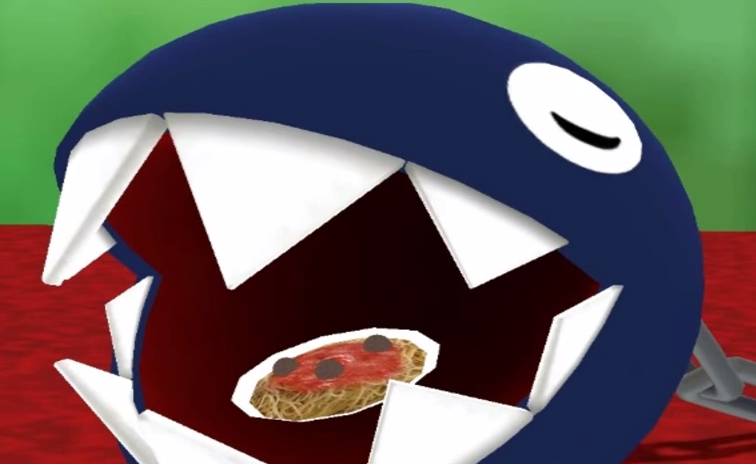

Some moons made me grin with their absurdity, like a race between rotund, bouncing yetis or a quest to park a motor scooter on a skyscraper rooftop. Many moons tax your powers of observation, making you look for that hidden hole in the wall or becoming visible only when you turn the camera back around that blind corner you ran past earlier. Often you'll see a moon on a high ledge and wonder how in the world Mario can jump high enough or far enough to reach it before exploring a bit more and finding the correct path hidden in some out-of-the-way place. Others announce their presence through a rainbow glow from a nondescript crate, or they're given to you simply for talking to one of the heavily animated citizens standing around a Kingdom's central town.įor the most part, though, the designers show a lot of imagination coming up with new and engaging tasks for Mario to complete. You'll occasionally find a moon simply hovering right in your path, seemingly rewarding you just for existing at this point in the game. With hundreds of moons to find, some end up being more interesting than others. While the easy-to-ignore plot isn't enough to ruin the game, it does drag the experience down just a bit, and comes off much tackier in extended hi-res cut scenes than it ever did in instruction book arcana.
#Very nice shot with the chain chomp power moon full
The game puts a sharp point on this plotline by introducing the Broodals, four bunny-like wedding planners that hound Mario through the various kingdoms while looking for wedding necessities like a cake, a ring, a gown, etc.Ī slight "girl power" twist for the princess near the end of the game doesn't do much to reduce the retrograde simplicity and extremely dated gender roles that are in full force here. This time around, Bowser is explicitly kidnapping Peach to be his forced bride, which is a kind of horrifying idea if you put more than five seconds of thought into its G-rated presentation. Still, the now-classic " save the princess" motif is looking more dated than ever as presented in Odyssey. I don't want to dwell too much on the paper-thin plot in Super Mario Odyssey, because it's not a major focus of the game. Secret areas that might have hidden a power-up or cache of coins in another Mario game are much more likely to hide one of the game's hundreds of power moons in Odyssey. These secret locales therefore reward players with a much more concrete and countable bounty for your aimless exploration. While there have been plenty of hidden secrets in previous Mario games, Odyssey seems more explicit about making those hidden gems the point of the adventure. Instead, it's a game about just having a wander, getting lost in inventive environments, and seeing what happens. Super Mario Odyssey is decidedly not a game about getting from point A to point B. This may sound like a small difference, but it changes the flow and feel of the standard Mario adventure in a profound way. On top of that, you only need to collect a small handful of these available moons before you're allowed to move on to the next Kingdom (and back) at your leisure. When you stumble on one of the many power moons that are Mario's most explicit goals within these levels, the exploring continues on from that same point after a short animation. The game's wide-open "Kingdoms" don't have any set end points, instead they exist more as spaces to run and jump around at your leisure.

Even more open 3D games like Super Mario 64, Super Mario Sunshine, and Super Mario Galaxy have retained this model to some extent, ending with a run through the level and putting Mario back to the start after he collects a star (or "shine").īy this strict definition, Super Mario Odyssey can't really be considered a core Mario game at all. While a core Mario game could have secondary goals (like collecting red coins or one-ups) and while there might be multiple exits in a single level, getting from the start to the end has always been a defining characteristic of his adventures. One proposed definition relied on Mario trying to reach an explicit "goal point" or exit at the end of the level. Further Reading Settling the debate: What makes a “core” Mario game?A few weeks ago, I got dragged down a rabbit-hole discussion of what defines a "core" Mario game.


 0 kommentar(er)
0 kommentar(er)
